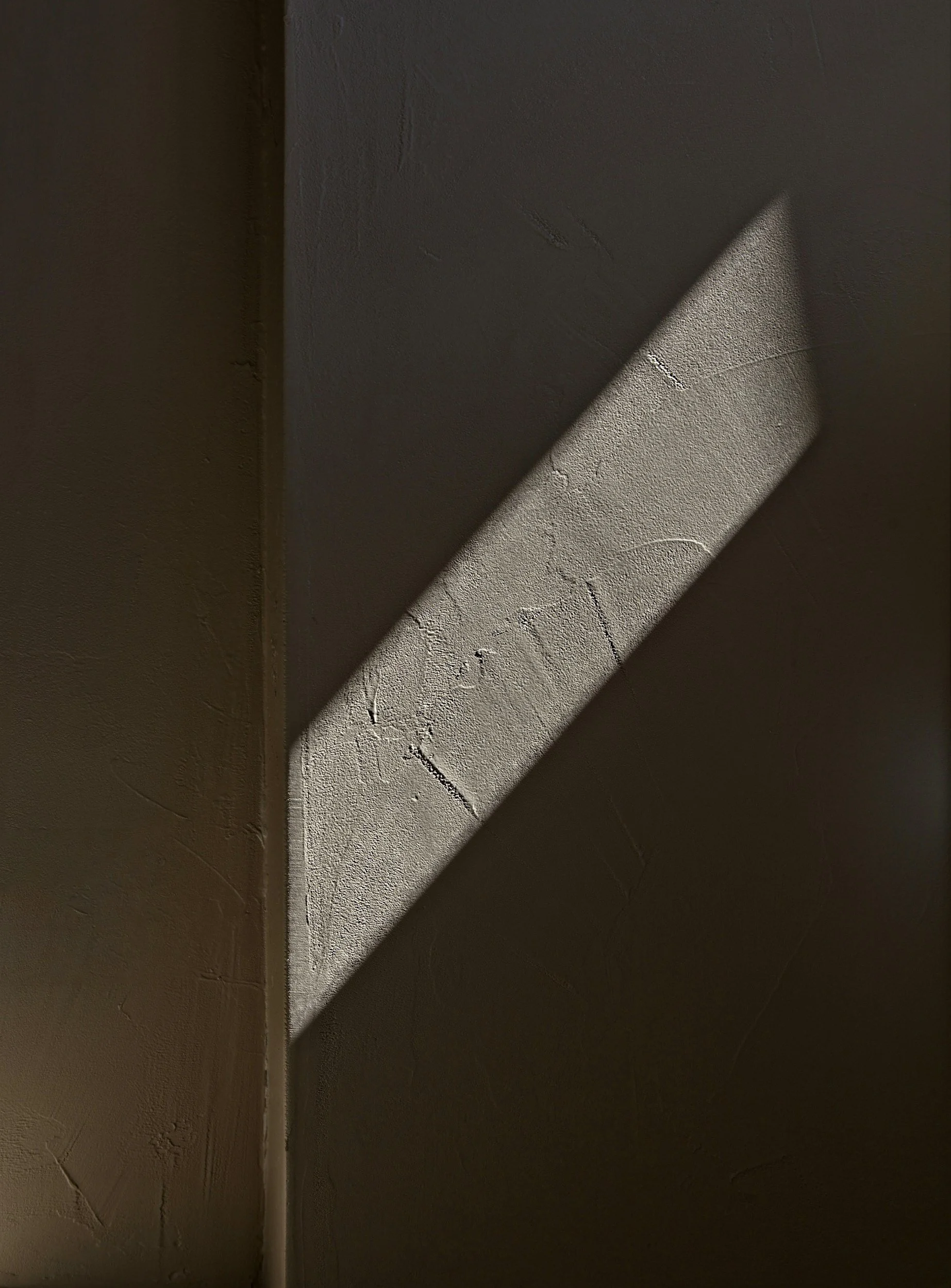Materials Matter: Choosing Toxins Out of the Home
Healthy materials complete the Passive House vision — clean air, authentic texture, and enduring quality.
“The materials you touch every day become part of your health story. A truly beautiful home is one that nourishes you from the inside out.”
AmA architecture - A sunlit space showing wood, stone, and mineral finishes in harmony
The Invisible Ingredient of Health
In the pursuit of energy efficiency and performance, material choices often fade into the background. Yet the products we specify — the paint on the walls, the adhesives behind flooring, the insulation inside the envelope — define the air we breathe and the safety of our homes.
Even in new construction, indoor air can harbor volatile organic compounds (VOCs), formaldehyde, and other chemicals that off-gas for years.
These compounds are linked to respiratory irritation, headaches, fatigue, and more subtle long-term effects. For occupants, the result can be an invisible layer of stress in an otherwise calm environment.
At A Michael Architecture, we believe the materials in a home should contribute to wellness, not compromise it.
Design and health are inseparable — and the Passive House approach reinforces that connection beautifully.
Passive House as a Platform for Purity
Because Passive House construction focuses so deeply on airtightness and controlled ventilation, the materials chosen inside the envelope become even more important.
A tightly sealed building doesn’t “dilute” indoor pollutants through leaks; instead, air quality depends entirely on what we bring in.
This precision allows us to create an interior environment that’s intentionally clean. By combining low- or no-VOC materials with continuous ventilation and balanced humidity,
the home becomes a kind of wellness chamber — one that maintains purity through thoughtful design.
What Healthy Materials Look and Feel Like
Healthy design doesn’t mean sterile spaces. It means honest ones.
We favor materials that age gracefully, require little maintenance, and support the body’s sense of calm through natural texture and light reflection.
These are some guiding principles we often apply:
-Solid wood over composites or MDF with urea-formaldehyde.
-Mineral-based paints and plasters instead of synthetic coatings.
-Natural fiber insulation where appropriate, offering breathability without toxins.
-Low-emission adhesives, sealants, and finishes verified by third-party standards such as GREENGUARD Gold or Declare.
When the palette is honest, the home feels more grounded. When the chemistry is clean, the air feels more alive.
The Feel of “Beyond Beautiful”
Beauty can be deceptive when it relies on surface alone. The deeper beauty of a home emerges through its integrity — when what’s behind the walls is as carefully chosen as what’s on them.
Imagine walking barefoot across floors finished with natural oils instead of chemical varnishes. Or leaning against walls that emit no synthetic scent — just the quiet neutrality of lime or clay plaster.
The experience is subtle, but unmistakable: a home that feels alive and nurturing.
Design as Responsibility
Every decision we make as designers carries a ripple effect. Choosing healthy materials protects not just the occupants, but the craftspeople who install them and the environment from which they’re sourced.
We treat material selection as part of the architectural process — not an afterthought or upgrade. It’s design as ethics, and ethics as beauty.
By aligning material integrity with Passive House performance, we ensure that efficiency doesn’t come at the expense of health.
In fact, it becomes a vehicle for it.
The Enduring Return
Healthy materials last longer, maintain their beauty, and require less intervention over time.
They patina rather than degrade, breathe rather than trap, and support a lifestyle that values quality over consumption.
That durability — physical and emotional — is the hallmark of homes built for generations, not just for market cycles.
**Pull Quote Suggestions**
“The beauty of a home is only as deep as the integrity of its materials.”
“What’s behind the walls matters as much as what’s on them.”
“Design is a form of care — every material choice tells that story.”
**Suggested Imagery**
- A sunlit space showing wood, stone, and mineral finishes in harmony
- Detail of a craftsman applying finish with visible texture”
- “Close-up of natural plaster or clay wall surface”
**Soft Call to Action**
Learn more about designing a home that supports wellness and resilience.






